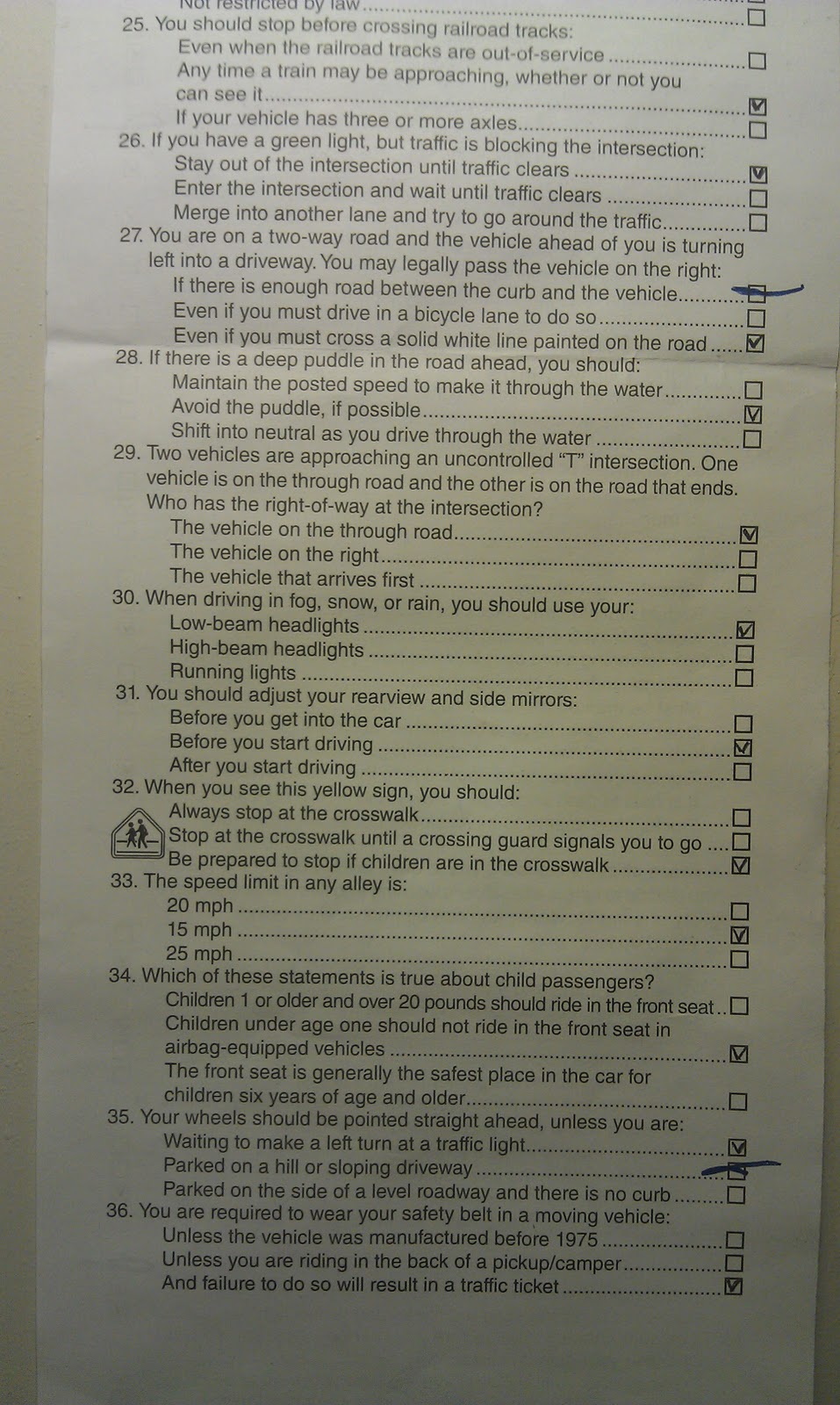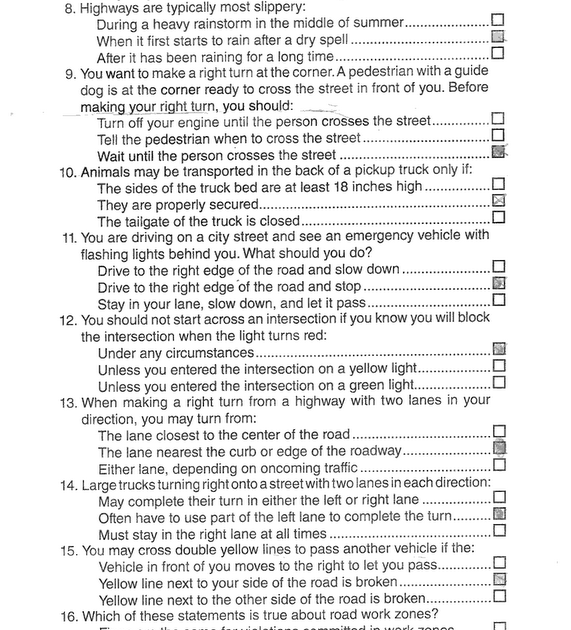Decoding the California DMV Written Driving Test

Navigating California's bustling roadways begins with a crucial first step: passing the DMV written driving test. This exam, a gateway to earning your learner's permit, assesses your understanding of road rules, traffic laws, and safe driving practices. It's a hurdle many aspiring drivers find daunting, but with the right preparation, success is within reach.
The California DMV written permit test isn't just a bureaucratic formality; it's a critical assessment of your readiness to navigate the state's complex road network. Understanding the intricacies of this exam—its format, content, and scoring—is paramount. Mastering the nuances of California's specific driving laws, beyond general road rules, is key to passing.
The evolution of California's driver’s test reflects the state's changing road landscape. From its early days focused on basic vehicle operation to its current emphasis on safety and defensive driving techniques, the written test has adapted to the demands of modern traffic conditions. The inclusion of questions addressing distracted driving and emerging technologies underscores the test's relevance in the 21st century.
One of the major challenges associated with the California DMV written exam is the sheer breadth of material covered. The test pulls questions from the California Driver Handbook, a comprehensive document detailing everything from right-of-way rules to safe handling of hazardous materials. Grasping the full scope of this information can be overwhelming for new drivers, making focused study strategies essential.
Another key issue is the often-misunderstood nature of the test itself. Many approach the exam believing it assesses mere memorization of rules, when in reality, it evaluates your ability to apply these rules in real-world scenarios. The test includes situational questions that demand critical thinking and an understanding of the principles behind the regulations.
The California DMV written test typically consists of 36 multiple-choice questions. You need to answer at least 30 correctly to pass. The questions cover various topics including traffic signals, road signs, right-of-way rules, safe driving practices, and handling specific driving situations.
Benefit 1: Enhanced Road Safety: Passing the test signifies a foundational understanding of traffic laws, contributing to safer roads for everyone. Example: Understanding right-of-way rules helps prevent accidents at intersections.
Benefit 2: Increased Driver Confidence: Successful completion instills confidence in new drivers, empowering them to navigate roads with greater assurance. Example: Knowing the meaning of road signs helps navigate unfamiliar routes with ease.
Benefit 3: Reduced Insurance Costs: Holding a driving permit, earned through passing the test, can potentially lead to lower insurance premiums in the long run. Example: Some insurers offer discounts to drivers who have completed driver education courses and hold permits.
Action Plan: 1. Obtain the California Driver Handbook. 2. Study each section thoroughly. 3. Take practice tests online. 4. Review challenging areas. 5. Schedule and take the DMV written test.
Checklist: Driver Handbook? Practice Tests? Understanding of Road Signs? Knowledge of Right-of-Way Rules? Scheduled Test Appointment?
Step-by-Step Guide: 1. Visit the DMV website. 2. Complete the application for a driver's permit. 3. Pay the required fee. 4. Schedule an appointment for the written test. 5. Study for the test using the California Driver Handbook and online practice tests. 6. Take the test at the scheduled appointment.
Recommended Resources: The official California DMV website and various online practice test platforms offer valuable resources for test preparation.
Advantages and Disadvantages of the California DMV Written Test
| Advantages | Disadvantages |
|---|---|
| Ensures basic driving knowledge | Can be stressful for some individuals |
| Promotes road safety | Requires dedicated study time |
FAQ:
Q: How many questions are on the test? A: 36.
Q: What is the passing score? A: 30 correct answers.
Q: What materials should I study? A: The California Driver Handbook.
Q: Can I retake the test if I fail? A: Yes.
Q: How long is the test? A: Typically less than an hour.
Q: What is the cost of the test? A: Check the DMV website for current fees.
Q: Where can I take the test? A: At a California DMV office.
Q: Are practice tests helpful? A: Yes, they familiarize you with the format and content.
Tips & Tricks: Focus on understanding the concepts, not just memorizing. Take multiple practice tests. Review areas where you struggle. Get enough rest before the test. Arrive early to your appointment.
The California DMV written driving test serves as an essential stepping stone on the path to obtaining a driver's license. While the exam can be challenging, thorough preparation using the California Driver Handbook and practice California DMV permit test questions is key to success. By understanding the format of the exam, addressing the common pitfalls associated with California driving test questions and answers, and employing effective study strategies, aspiring drivers can confidently approach the test and begin their journey towards becoming safe and responsible road users. The benefits of passing extend beyond just obtaining a permit; it fosters safer driving habits, boosts confidence behind the wheel, and potentially reduces insurance costs in the future. Committing to diligent study and leveraging available resources will empower you to ace the test and navigate California's roads with assurance.
Hawthorne yellow brighten your home with benjamin moores cheerful hue
Unlocking the mystique of dad jokes a humorous journey
The unexpected elegance of water mats












